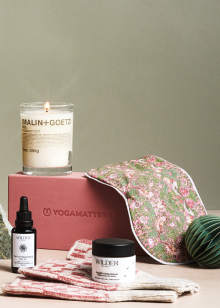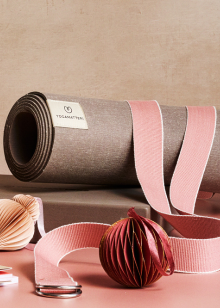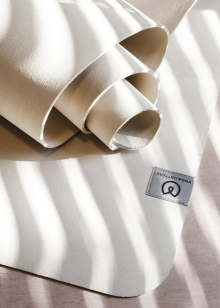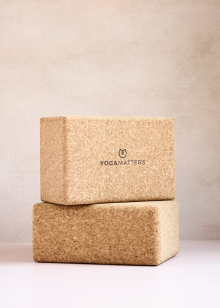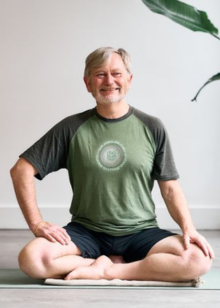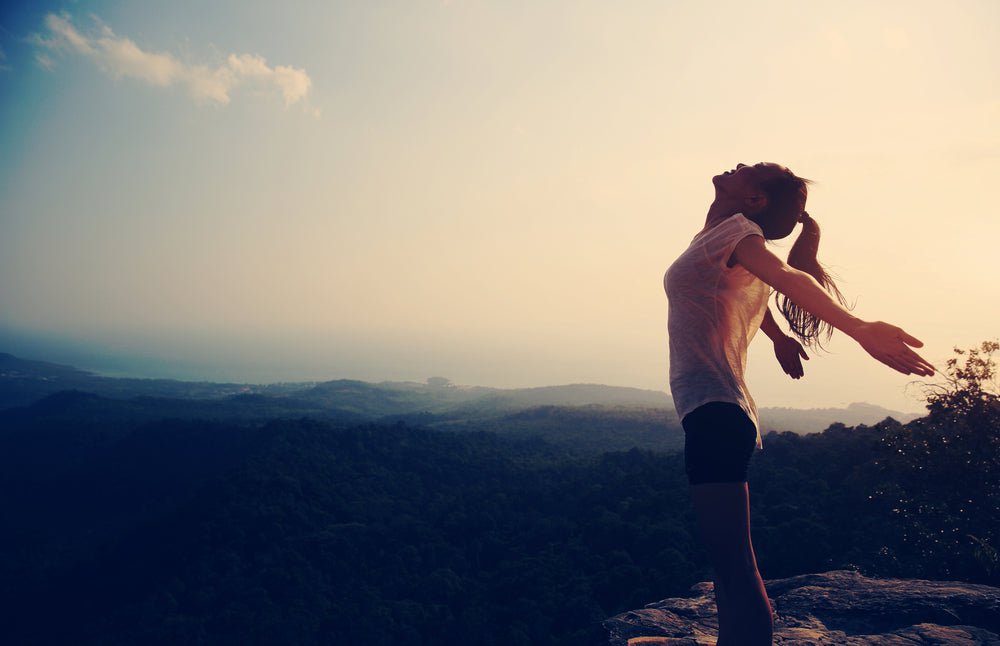Welcome back! Again, if you haven’t read part two, (or one!) we recommend you start at the start as our exploration of the Bandha is not so much sequential as it is cumulative.
Once again with this post we are working in the realms of what might be considered a ‘minor’ or ‘accessory’. In particular this bandha supports and strengthens mula bandha, whilst adding considerable stability to the core and lumbar/sacral complex. It’s action activates two muscles, the multifidi and the transverse abdominus (which alongside the pelvic and respiratory diaphragms completes the quartet of the deep core musculature as related to neutral and optimal spinal stability).
It’s action is as before subtle, yet powerful, deepening the conduit nature of the postures and the spine. As it’s name indicates, this bandha is intimately related to the swadhistana chakra, and is located above the pelvic floor, but below the navel approximately in line with the crests of the ilium.
Swadi bandha supports particularly the mula bandha, by adding stability and space to the pelvic basin and freeing the sacrum allowing for fluid movement through the natural and neutrally aligned spine.
Sensorially, when activated this bandha feels as if the two crests of the pelvis have broadened whilst the anterior supior illiac spines (ASIS) curve softly towards each other. The sacrum then feels spacious and held from all angles, most notably from above as the action of the miltifidi hugs and lifts the lower lumbar vertebrae into alignment. The result is that both the pelvic inlet and outlet (bottom and top of the pelvic bowl) seem to broaden, creating an elasticity that reinforces our sensitivity for mula bandha, and a continuing, rising feeling of neutrality.
Although this bandha was not one I experienced until I moved into advanced trainings, it is one, I feel, that proves vital for many practitioners arriving at their first classes.
It protects the integrity of the spine during deep forward folds whilst simultaneously prevents us moving too deeply into backbends and compressing the lower back and sacrum. Additionally it stabilises the sacrum and sacro-illiac joints in hip abduction and external rotation. For any posture where the legs are in an asymmetrical position (which is really most!) the understanding and application of this bandha will help to prevent compression, and shearing forces at the sacro-illiac joints, in no short measure due to its ability to prevent the pelvis tilting anteriorly and allowing a hyper-extension of the hip joints. Remember though, the purpose of this bandha is not to create new space around the sacrum, but rather hold the natural and inherent space already there.
Try this with or without a partner.
Rest supine, with the knees bent and feet planted so that the legs and core are relaxed (for additional ease you can loosely tie a yoga strap around the legs with a blanket between the thighs so that there is no muscular effort to maintain this position).
Have either your partner, or yourself place your hands over the crests or the hip bone such that the heel of the palm rests just outside of the ASIS. (If you are doing this yourself you will need to cross the arms over the body, or simply press the heel of the palm whilst letting the fingers be free resting on the lower belly).
First take a few slow, natural breaths. Feel the natural fluidity in the belly and the soft undulation of the lower back as you do so. Then, begins to engage your mula bandha on the inhale. On the exhale, maintain the mula bandha whilst you (or your friend!) very gently curve the ASIS towards each other.
Take a few rounds like this, releasing the palm pressure on the inhale, engaging it on the exhale gradually taking over more of the muscular control of the movement until the point the assistance is no longer necessary.
Now, try including it in bridge (setu bandasana) or a seated forward fold, with the legs in a symmetrical and then an asymmetrical position. Once you become familiar begin to incorporate it more broadly in your practice, all the while weaving it into the activation discussed in our first two post, such that these bandhas continue to merge and blur into each other in varying degrees.
Part One – The Bandha – what are they and why are they relevant today?
Part Two – The Bandha: A tree with strong roots, laughs at the storms!
